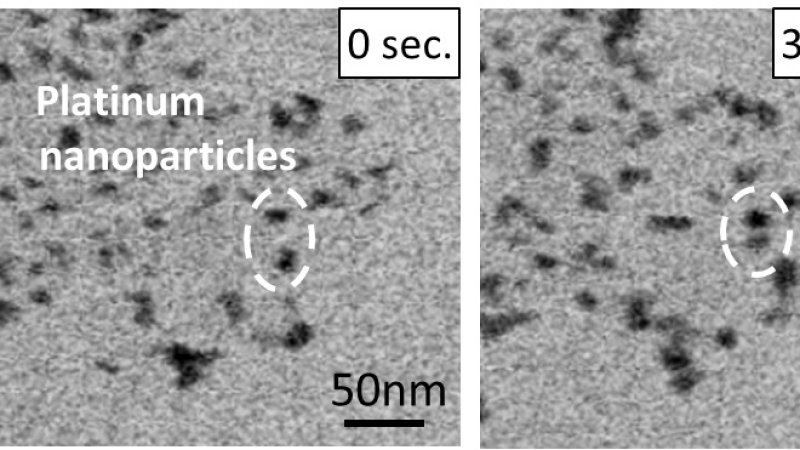Toyota worked with the Japan Fine Ceramics Center (JFCC) to observe nanometer-sized platinum particles and, specifically, how they deteriorate. Platinum is used as a catalyst for when electrons are stripped away from the hydrogen molecule to create an electrical charge and when hydrogen ions and electrons mix with oxygen to create water vapor. So, when platinum gets more course during the countless chemical reactions inside of fuel cells, things slow down.
Now that Toyota says it's figured out a better way to observe this process, greater efficiency and durability within the fuel-cell process of electricity production are likely to follow, though more chemistry study will be needed to figure out how that will work.
Still, it's topical because Toyota last year started producing the world's first production hydrogen fuel-cell vehicle. The Japanese automaker debuted sales of the Mirai fuel-cell vehicle in Japan late last year and plans to start selling the car in California this fall (the car will be priced at $57,500). Toyota also plans to boost Mirai production to about 2,000 units in 2016 from about 700 this year.
Related News



